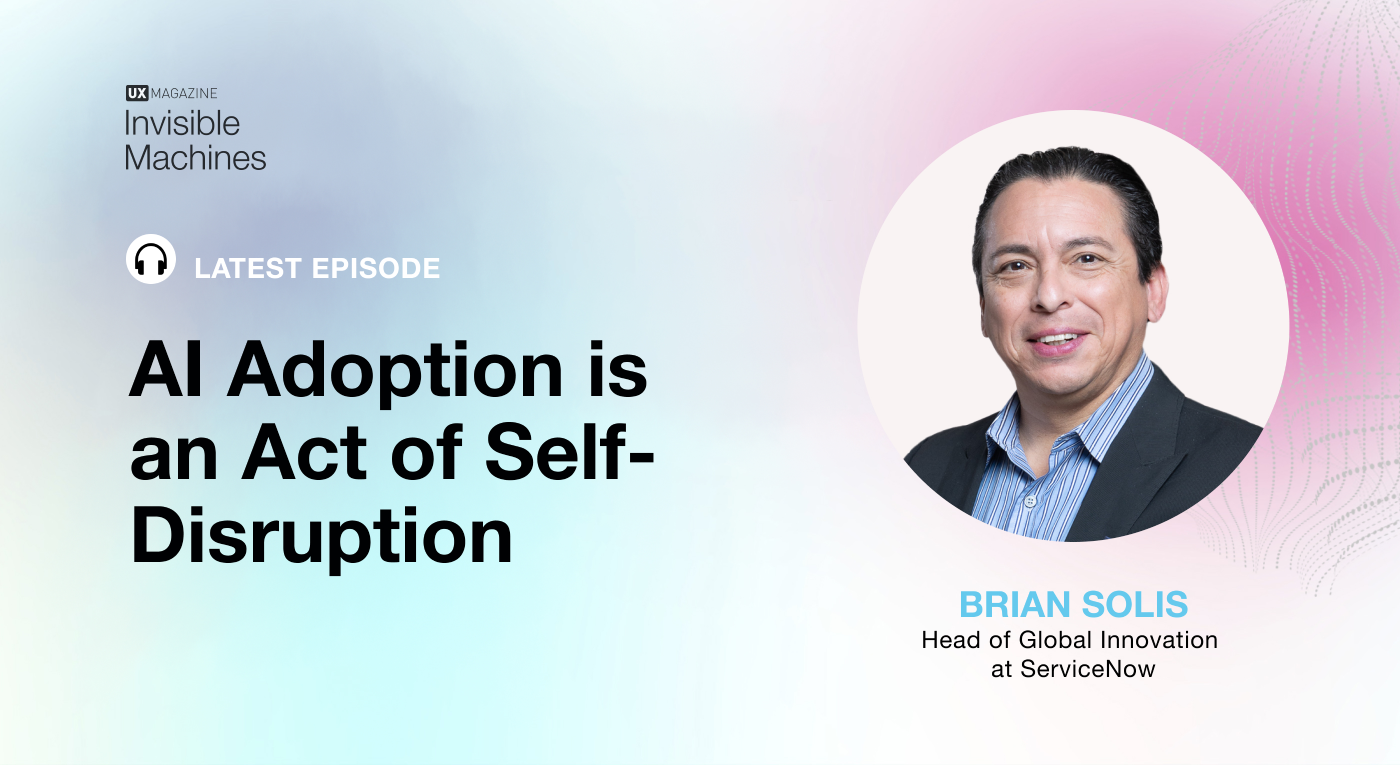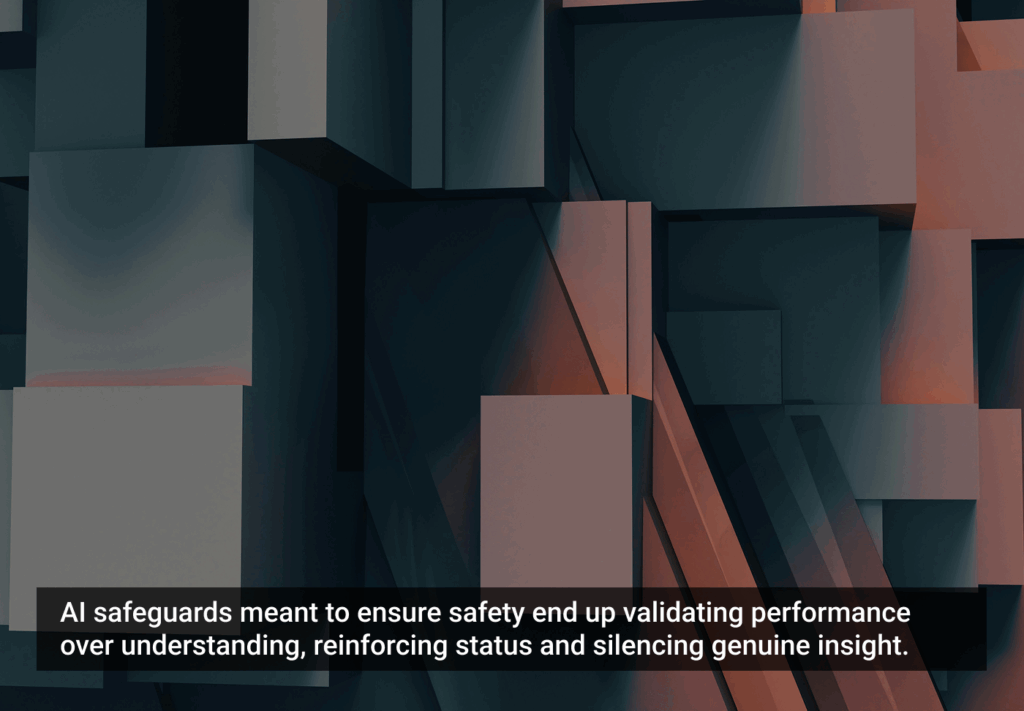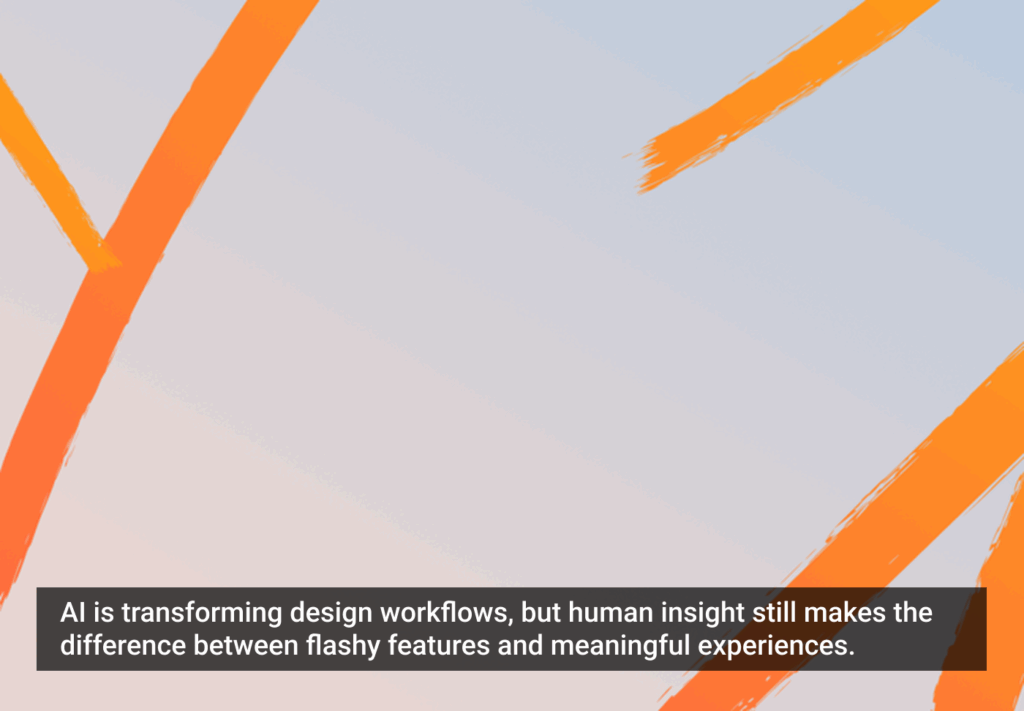What does it really take for businesses to successfully adopt AI? According to Brian Solis, digital anthropologist, futurist, and Head of Global Innovation at ServiceNow, it’s not just about new tools. It’s about self-disruption.
Dubbed “the CEO whisperer,” Brian brings decades of experience advising leaders at the highest levels. In this thought-provoking episode of Invisible Machines, he joins Robb Wilson and Josh Tyson to discuss why true AI adoption requires rethinking nearly every layer of business infrastructure, and how the C-suite mindset must shift to meet the challenge.
The conversation dives into:
- What self-disruption looks like at the enterprise level.
- The difference between “ah-ha” moments and “uh-oh” moments in innovation.
- How storytelling can make or break technology adoption.
- Lessons from companies like IKEA and Airbnb that embraced self-disruption.
- Why hopeless optimism can be just as dangerous as resistance to change.
- What a future awash in simulations and predictions could look like.
This is a brisk, jam-packed episode that offers both strategic insights and practical inspiration for leaders navigating the AI-first future. Tune in now to hear Brian Solis on Invisible Machines and discover why AI adoption is the ultimate act of self-disruption.








